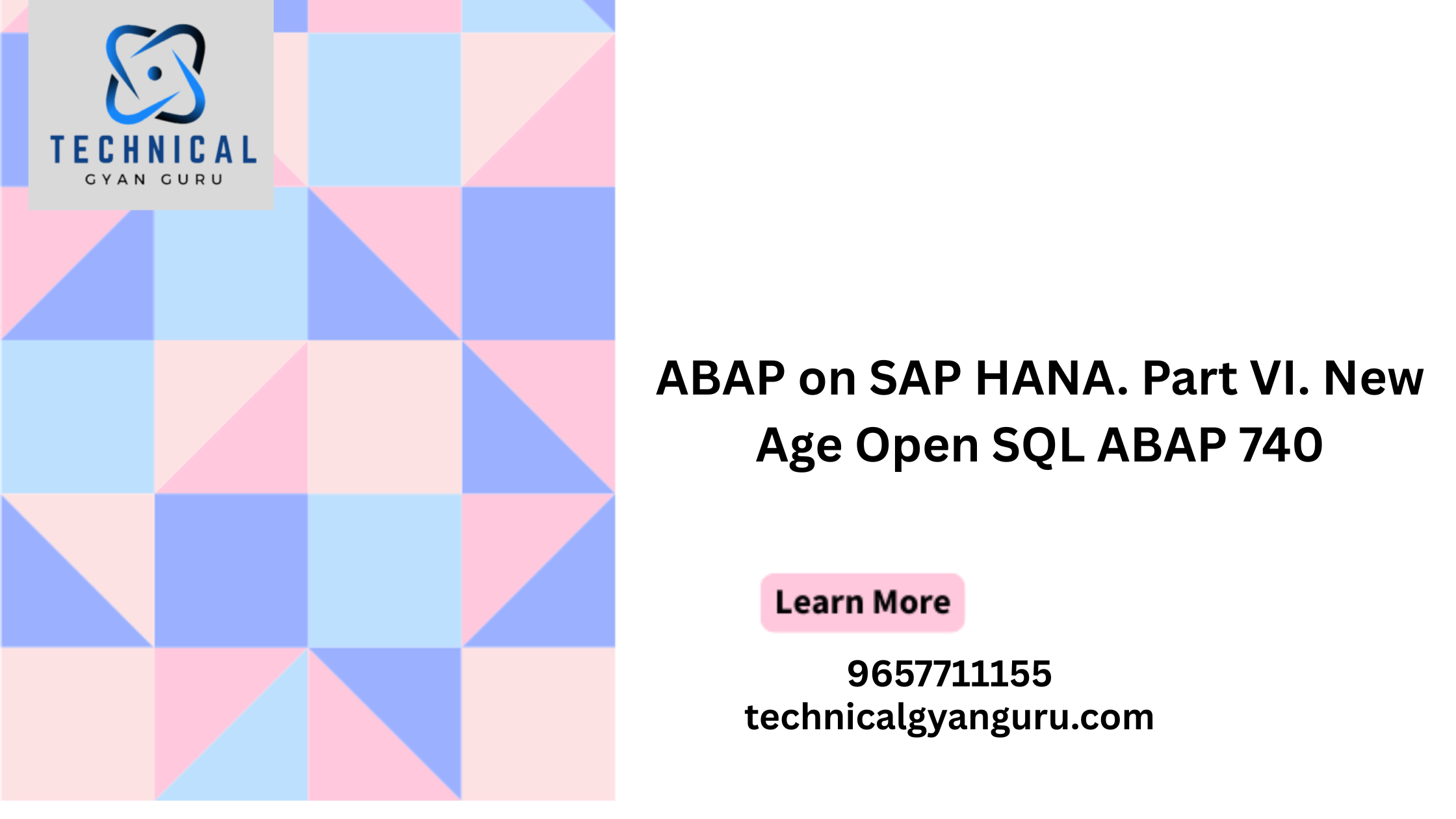Introduction: Automation and DevOps
In the ever-evolving landscape of software development, two transformative forces—Automation and DevOps—have emerged as the linchpins of agility, efficiency, and innovation. The synergy between these two elements not only accelerates the development lifecycle but also ensures a seamless bridge between development and operations. In this blog, we explore the symbiotic relationship between Automation and DevOps, unraveling the ways in which they empower teams to achieve unprecedented levels of productivity and reliability.
The Evolution of DevOps:
DevOps, an amalgamation of Development and Operations, is a cultural and operational paradigm that emphasizes collaboration, communication, and integration between software developers and IT operations professionals. The goal is to shorten the systems development lifecycle and provide continuous delivery with high software quality.
- Continuous Integration (CI): DevOps introduced the concept of Continuous Integration, where code changes are automatically built, tested, and integrated into the main codebase. This ensures that developers are working with the latest version of the application and reduces integration issues that might arise later in the development process.
- Continuous Delivery (CD): Building upon CI, Continuous Delivery focuses on automating the release and deployment processes. With CD, teams can reliably and consistently deliver software updates to production, allowing for faster and more frequent releases.
- Continuous Deployment: In the pinnacle of DevOps evolution, Continuous Deployment takes the automation further by automatically deploying every code change that passes the automated testing phase directly into production. This approach reduces manual intervention and accelerates the delivery of new features and bug fixes.
The Role of Automation in DevOps:
- Infrastructure as Code (IaC): Automation is at the heart of Infrastructure as Code (IaC), a DevOps practice that involves managing and provisioning infrastructure through machine-readable script files. Tools like Terraform and Ansible enable developers and operations teams to automate the creation and configuration of infrastructure components, ensuring consistency and repeatability.
- Automated Testing: Testing is a critical component of software development, and automation plays a pivotal role in this phase. Automated testing frameworks, such as Selenium for web applications or JUnit for Java, allow teams to quickly and efficiently run tests, ensuring that code changes don’t introduce regressions.
- Release Orchestration: Coordinating the release of complex applications with multiple components requires meticulous planning and execution. Automation tools facilitate release orchestration, ensuring a smooth and error-free deployment process by automating tasks like version control, environment setup, and deployment.
- Monitoring and Logging: Automated monitoring tools, such as Prometheus or Nagios, continuously track the health and performance of applications and infrastructure. In case of anomalies or issues, automated alerts trigger, enabling rapid response and reducing downtime. Automated logging further assists in diagnosing and resolving issues efficiently.
Benefits of Automation and DevOps Integration:
- Speed and Efficiency: The integration of Automation and DevOps significantly accelerates the development and deployment processes. Automation eliminates manual, time-consuming tasks, allowing teams to focus on value-added activities and deliver features to end-users faster.
- Reliability and Consistency: Automation ensures consistency in development, testing, and deployment processes. By codifying infrastructure and automating testing, teams can avoid configuration drift and reduce the risk of errors in production.
- Collaboration and Communication: DevOps emphasizes collaboration, and automation acts as a unifying force. Automated pipelines and workflows provide a shared understanding of the entire development lifecycle, fostering better communication and alignment between development and operations teams.
- Faster Time to Market: The seamless integration of Automation and DevOps enables organizations to respond quickly to market demands. Continuous delivery and deployment shorten the time it takes to bring new features and improvements to users, giving businesses a competitive edge.
Conclusion:
The marriage of Automation and DevOps heralds a new era in software development, where efficiency, collaboration, and innovation reign supreme. By automating repetitive tasks, embracing Infrastructure as Code, and orchestrating seamless delivery pipelines, organizations can not only meet the demands of the modern software landscape but also exceed user expectations with rapid, reliable, and feature-rich releases.
As businesses embark on their DevOps journey, the integration of Automation becomes not just a necessity but a strategic imperative. The future of software development lies at the intersection of these powerful forces, where the synergy of Automation and DevOps propels teams toward unparalleled heights of success and efficiency. Embrace the future—where lines between development and operations blur, and automation paves the way for a new era of software excellence.







